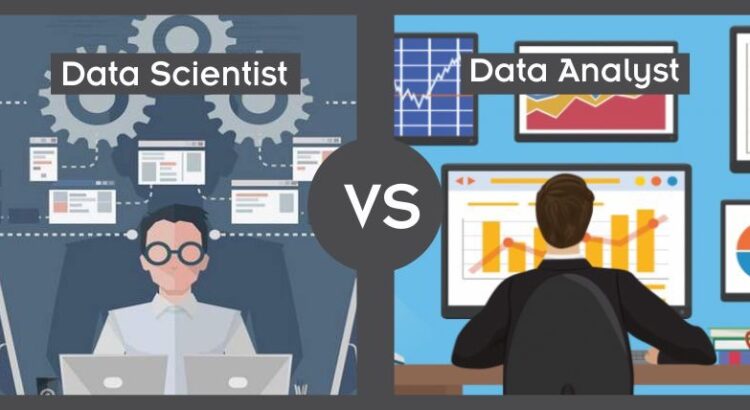Analysts inform, explain and visualize DATA THAT EXISTS in order to help business executives make strategic decisions. Thus, data analysts live in business meetings, talk to a lot of people and create data visualizations to help others understand what is going on. Tools: SQL, BI, spreadsheets, PowerPoint.
Scientists infer and calculate INFORMATION THAT STILL DOESN’T EXIST, such as the future, usually in order to optimize each and every business transaction. Example: if you like this one product, you might also like that other product. Example: according to data from surroundings, this house price should be around $X. Example: I learned how cars look like, so there is 98% chance there is a car in this photo. Thus, they create or improve digital products using machine learning and applied statistics. To create such improved user experiences, first data scientists use advanced exploratory data analysis techniques, create data visualization only for themselves, only for their better comprehension of what is going on. Tools: SQL, Pandas, math and statistics, git, programing, containers, Linux.
Data analysts tend to have a more glamorous job, while data scientists job is more hard skills oriented. Both need to work with large amounts of information, such as tables with millions or billions of data points.
There is also the Data Engineer role, which is as important as these other data professions, and focused on data availability, consistency and performance.
Inspired by Gerson Lerner’s post, I thought I should give my take on the subject too.

One thought on “Data Scientist × Data Analyst”